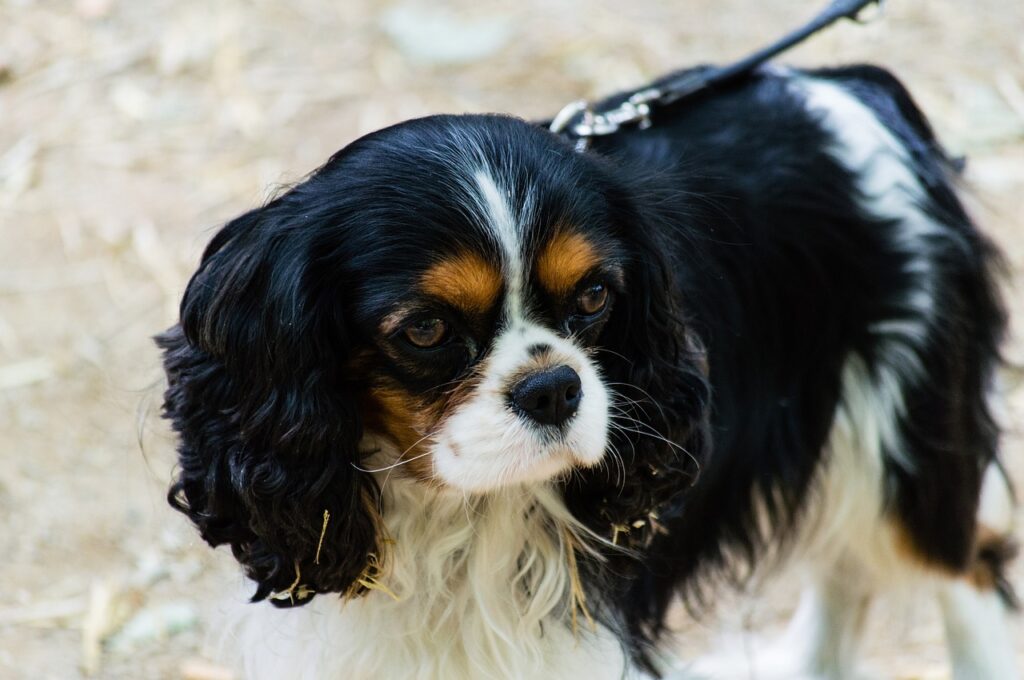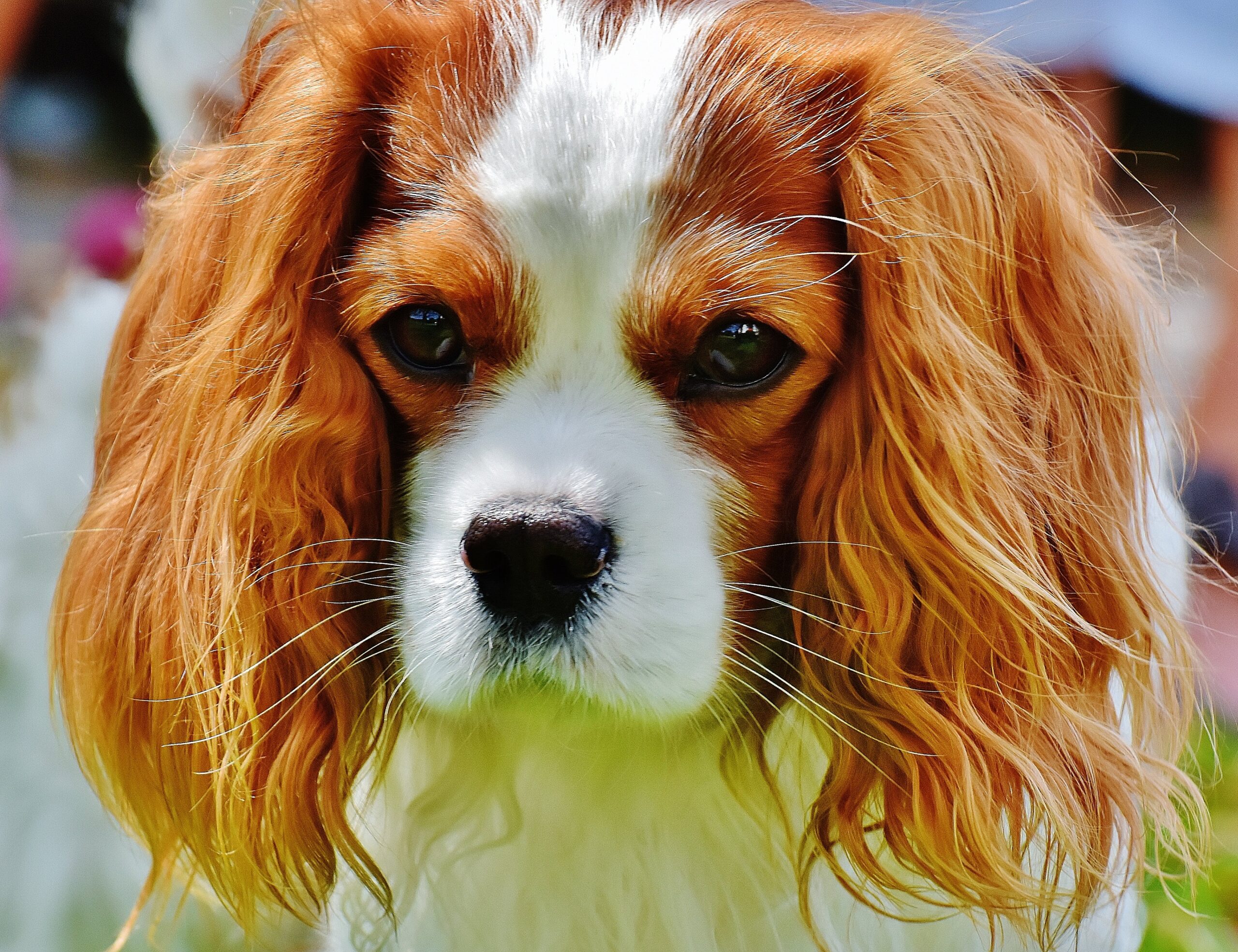Cavalier King Charles Spaniel: A Charming and Beloved – The Cavalier King Charles Spaniel, often referred to as the Cavalier or CKCS, is a charming small dog breed known for its friendly demeanor and elegant appearance. Originating from the United Kingdom, this breed has captured the hearts of many dog enthusiasts worldwide. Let’s delve into the intriguing history, characteristics, care needs, and misconceptions surrounding these delightful canines.

History and Origin
The breed’s history dates back to the 17th century when they were favored by royalty and aristocracy. Named after King Charles II, these dogs were cherished companions in royal courts, depicted in numerous paintings from that era. Originally bred as companions, their affectionate nature made them popular pets.
Physical Characteristics
Cavaliers are small to medium-sized dogs, weighing between 13 to 18 pounds. They boast a silky, medium-length coat with feathering on their ears, chest, legs, and tail. The breed comes in various color combinations, including Blenheim, Tricolor, Black & Tan, and Ruby.
Temperament and Personality
Known for their affectionate and gentle disposition, Cavaliers thrive on human companionship. They are sociable, adaptable, and make excellent family pets due to their loving nature. Their playful demeanor often makes them good companions for children and seniors alike.
Caring for a Cavalier King Charles Spaniel
To ensure their well-being, regular grooming sessions are essential to maintain their coat’s health and shine. Additionally, moderate daily exercise, such as walks or playtime, fulfills their energy needs. Health-wise, they may be prone to certain conditions like heart murmurs and syringomyelia, necessitating regular veterinary check-ups.
Training and Socialization
Early training and socialization are crucial for Cavaliers to develop good behavior and adaptability. Positive reinforcement techniques work well due to their eagerness to please. They respond positively to training sessions and enjoy mental stimulation through interactive activities.
Living with a Cavalier King Charles Spaniel
These dogs adapt well to various living environments, thriving in apartments or larger homes, as long as they receive sufficient attention and exercise. They’re typically affectionate with children and get along well with other pets, fostering a harmonious household.
Common Misconceptions
Despite their regal appearance, Cavaliers are not high-maintenance dogs in terms of exercise. While they enjoy playtime, they are equally content with cuddling on the couch. Additionally, their affectionate nature often leads to misconceptions about their neediness, whereas they simply thrive on companionship.
Conclusion
The Cavalier King Charles Spaniel’s endearing traits and gentle disposition make them cherished companions for individuals and families alike. Their history, combined with their loving temperament, positions them as delightful additions to households seeking loyal and affectionate pets.
FAQs
- How long do Cavalier King Charles Spaniels live?
- Cavaliers typically have a lifespan of 9 to 14 years, provided they receive proper care and attention.
- Are they suitable for families?
- Yes, Cavaliers are excellent family pets due to their friendly and affectionate nature.
- Do they require a lot of grooming?
- Regular grooming is necessary to maintain their coat, but they’re not overly demanding in this aspect.
- What health issues are common in this breed?
- Heart murmurs and syringomyelia are prevalent health concerns among Cavaliers, necessitating regular vet visits.
- Are they easy to train?
- Yes, Cavaliers are intelligent and respond well to positive reinforcement training methods.




